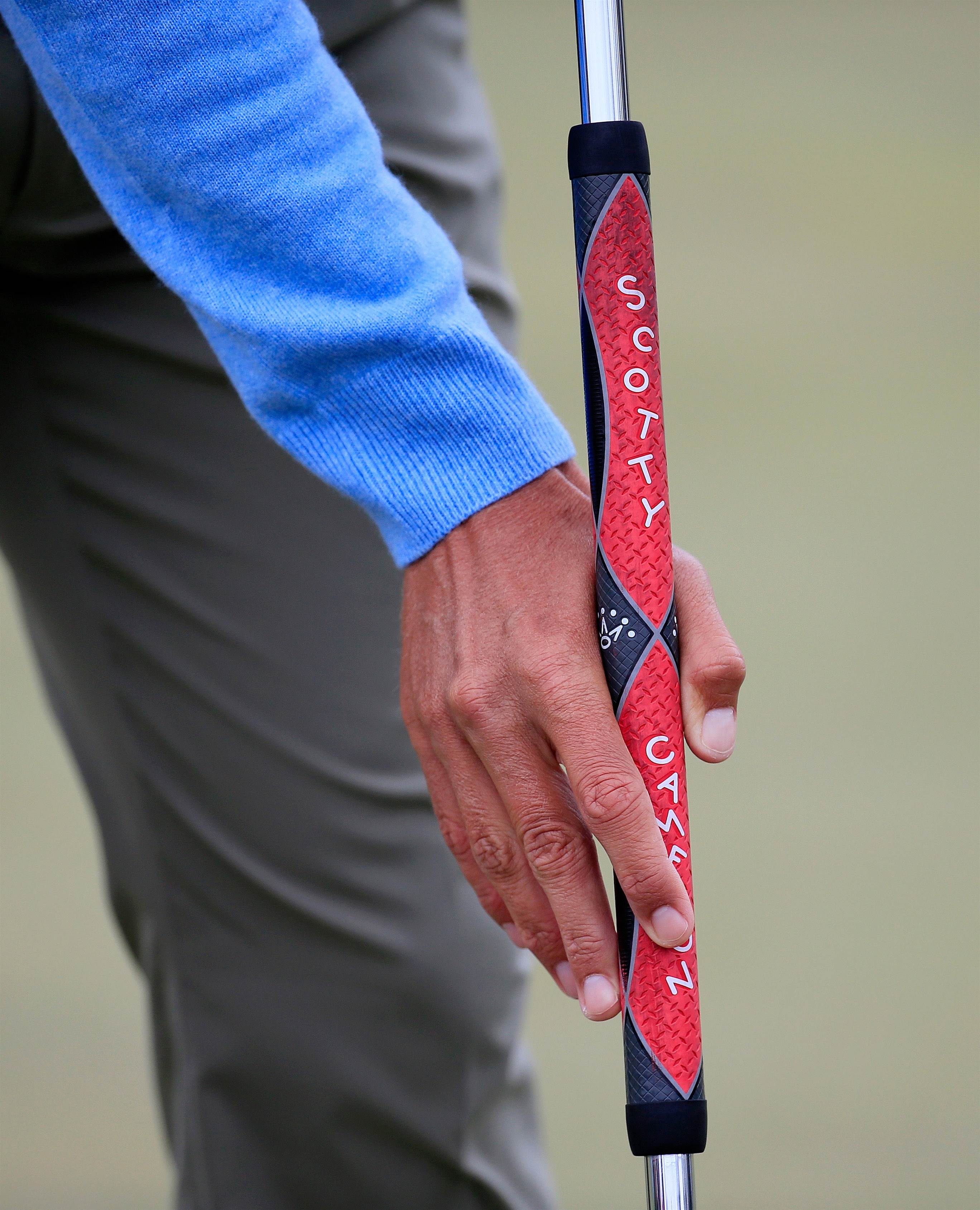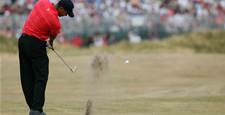Adam Scott’s decision to return to an unanchored long putter has reignited debate around the anchoring rule that came into effect in 2016. We look at how Scott’s stroke has changed, whether it’s working and if you should try it.

Once contact has been made, Scott’s upper body moves up and to the left (pics 5 and 6) to make room for the putter and remain within the letter of the law. This is another of the slight changes in his stroke, which is most noticeable on long putts, but is perhaps of primary concern for the 37-year-old on the shorter putts that he has been known to be slightly shaky with. The change in body position potentially results in an open putter face and putts pushed to the right as well as strikes made low on the face, a mis-hit that can wreak havoc with a player’s speed.
Scott’s tendency to steer the putter regardless of length on short putts is one he has struggled with in recent years, the Queenslander noting that his return to a more reactionary stroke with the long putter has helped in this regard this year.

“It’s a feeling of ease, it’s a very much no thought, and the body just moves and the ball just goes. At times we have all felt like we steer the golf ball, whether it’s shots or putts, and the putting just felt very easy and free, like it just got in the way and, yeah, it was very much instinct. And I feel when I putted my best with the long putter, it was just easy as well,” Scott said at The Players.
One other key area that has seen a modification from Scott, albeit a slight one, since reinserting the long putter into his bag, is his right hand grip.
The enlarged photo (above) shows Scott’s grip in 2013, his hand positioned more on top of the grip, whereas this year Scott has his right hand almost entirely underneath the shaft with his thumb and forefinger the only contact points. This means his dominant hand is simply going along for the ride, a great feeling for anyone who gets a little jerky around the hole.
Related Articles

Scott's sentimental option with Australian PGA on move

Scott fires but needs 'beauty' to end title drought
.jpg&h=172&w=306&c=1&s=1)










